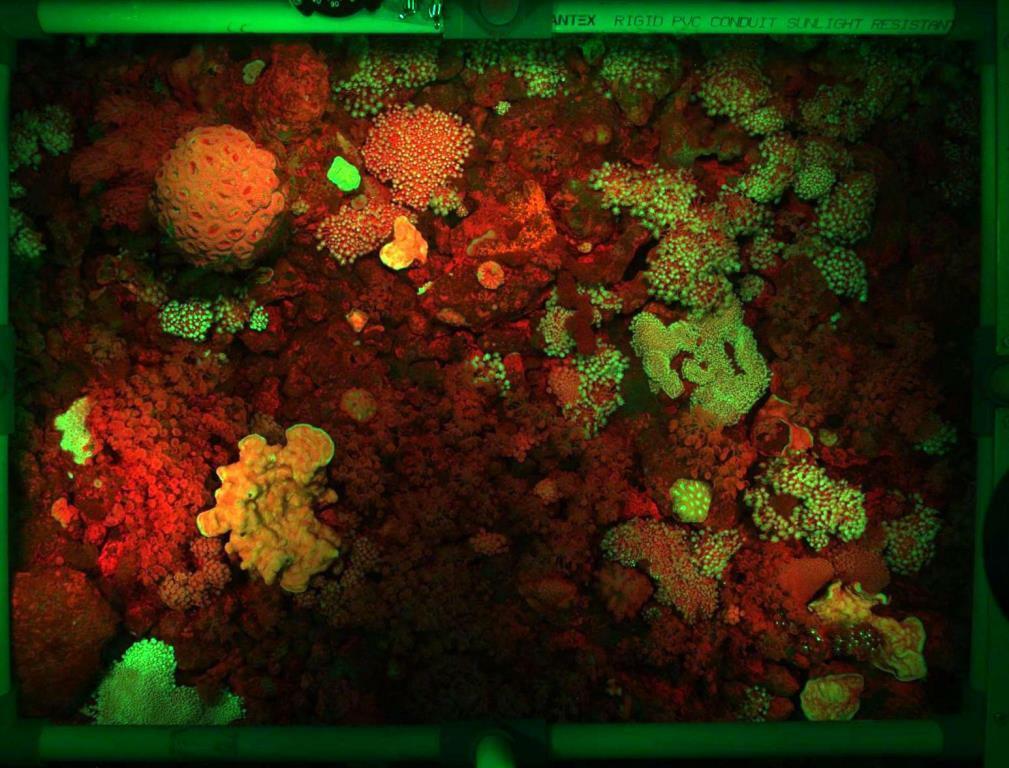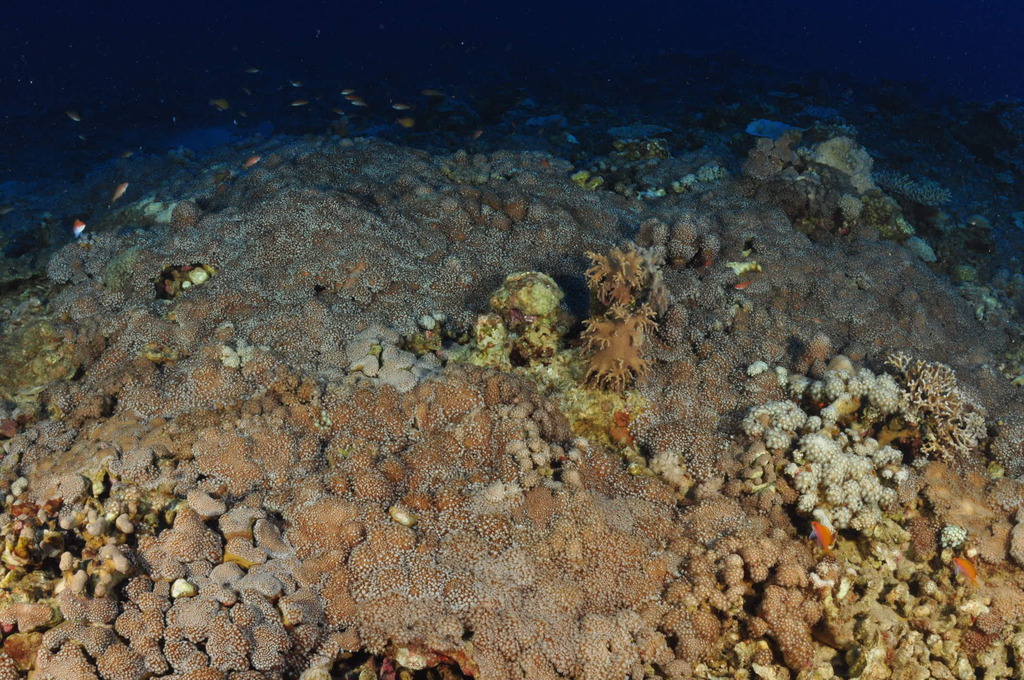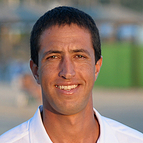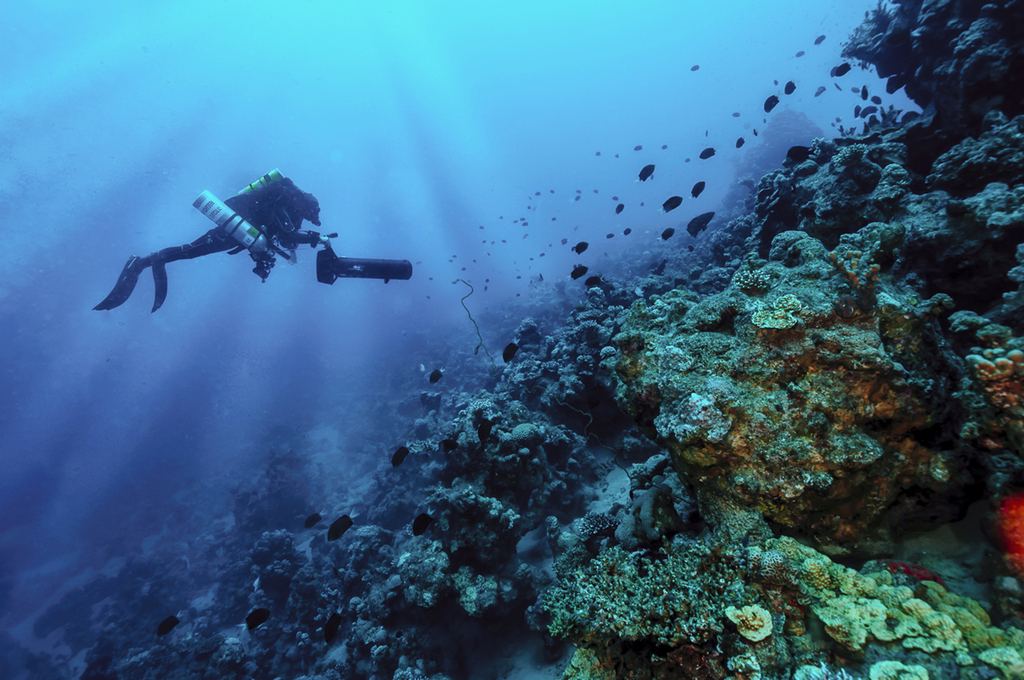Blog:
An interview with Gal Eyal
2020, August 24
Posted by Veronica Radice
Ecology, biology, and geology of coral reef ecosystems
Early Career Scientist: Gal Eyal
How do you pronounce “mesophotic” – ‘mee-so’ or ‘meh-so’ -photic?
Mehhhhh, like a sheep not like a Kiwi!
Are you more interested in charismatic megafauna or scouring the benthos for cool creatures?
Benthos and landscape (or seascape!)
What is your primary research interest, and how does it link with the mesophotic zone?
Adaptive physiology of benthic organisms, specifically how long-term adaptation influences community structure dynamics and species existence along large depth ranges or light gradients. Experiments in shallow and mesophotic environments enable me to manipulatively test adaptation capacity of sessile or benthic organisms. Last, please use our Shiny interactive model to predict your mesophotic ecosystem boundaries.
Describe the location of your main (or most interesting) study site and how it fits in with your research questions.
Eilat, hooo Eilat! The tiny shore strip of the tip of the Gulf of Eilat/Aqaba, the north-eastern extension of the Red Sea is by far the most interesting and convenient site I have ever worked on. You can dive from shore easily to a flourishing mesophotic reef within a few minutes. It is a one of a kind location that you can sit on the pier and play with your ROV at 65m depth, or plug and play electronic instruments deployed in the mesophotic coral ecosystem. All this is part of The Interuniversity Institute for Marine Sciences of Eilat, which is a world class marine science and oceanographic institute that serves all of the academic institutions of Israel and facilitates many international collaborations.
What is your primary means of accessing mesophotic depths to conduct your research (e.g. ROV, SCUBA, rebreather, submersible) and what were the main challenges to overcome?
Over the last nine years, the ISC Megalodon rebreather. For many years before I have used regular SCUBA, twin tanks, side-mount and other configurations for exploring deep reefs. The bottom time limitations and cost of He (helium) pushed me toward CCRs (closed circuit rebreather) in 2010 and after learning how to dive again, without using my lungs for buoyancy, I never looked back. The amount of time you spend planning and organizing a CCR dive is without saying longer, but definitely worth the "quiet" you have when working in deep environments.
What do you remember from your very first exposure to coral reef or mesophotic fieldwork?
A stupidity of a teenager! Sinai Peninsula, the Blue Hole back in 1995, three 16 year old boys (I am among them) with a few dozens of dives as advanced open-water divers, taking 12 L tanks and diving down to the “arch”. Couple of minutes down the hole and we are crossing one of the most beautiful coral caves in the world, with amazing light structure, out to the open-sea. After crossing ascending back up to the surface along one of the most pristine reef walls in the area with few poorly planned decompression stops but a lot of narcotic enjoyment. Ending this crazy dive with body breathing and almost zero air left in all of our three tanks. At dinner one of the members complained about itching on his face and neck, and got swelling in the right cheek, and since we were stupid, we went to bed and kept diving in the following days. Only a few years later, in a diving instructor training course, I understood the magnitude of the event and the luck we had. Since then, with a lot of time passed and few other decompression sickness cases spotted by my own eyes, I appreciate careful planning and uncompromising execution of conservative dives.
 Wide view fluorescence image from the amazing FluorIS imaging system of Dr Tali Treibitz.
(C) Gal Eyal
Wide view fluorescence image from the amazing FluorIS imaging system of Dr Tali Treibitz.
(C) Gal Eyal
What new skill(s) have you learned during your research and what is one thing (skill, program, advice, etc.) that you wish you learned earlier in your science journey?
Go beyond only observations to try understanding the organism or ecosystem. For many years I was an observer, exploring new ecosystems and enjoying describing the novel knowledge about these environments. Recently, as part of years of learning from the PI and students of the wonderful lab of Prof. Yossi Loya, I have started testing, with experimental based evidence, hypotheses regarding coral reefs in general and mesophotic ecosystems specifically. I think going forward from observations to processes using long-term data and experimental testing was the most significant development for me.
How do you keep current with an endless stream of research coming out (or any favorite science website or blogs that you follow)?
I don’t, there are so many interesting studies conducted over the last few years that I really struggle to find the time to satisfy all my interests, but fortunately I have many friends and colleagues that send me regular “may be interesting to you…” emails, so thanks!
 A field of Alveopora spp. which typically covers the 40-60m depth gradient in front of the IUI
(C) Gal Eyal
[CC BY-NC 4.0]
A field of Alveopora spp. which typically covers the 40-60m depth gradient in front of the IUI
(C) Gal Eyal
[CC BY-NC 4.0]

